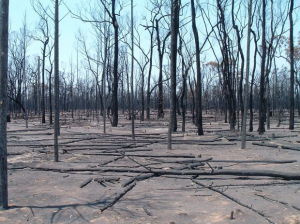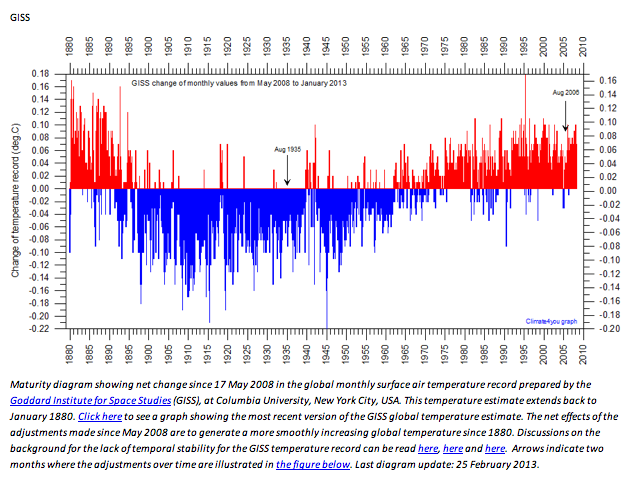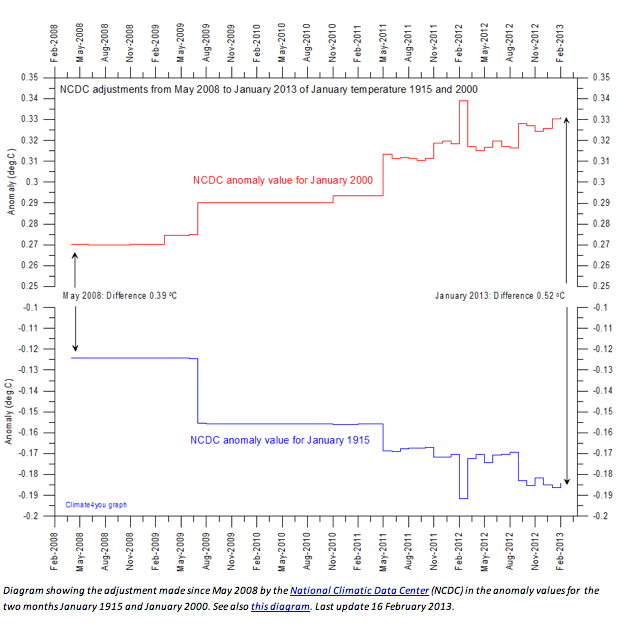FOIA is a recognised shorthand for Freedom of Information Act. Legislation by this name has existed in the USA since 1966, Australia since 1982 and the UK legislation was introduced in 2000. It was climate scientists at the Climatic Research Unit, University of East Anglia, conspiring to evade the UK FOIA that probably inspired Climategate, with Mr FOIA, as the “hacker” calls himself, releasing over 220,000 documents and emails beginning in November 2009. In a recent email he explained: “The circus was about to arrive in Copenhagen. Later on it could be too late.”
By providing public access to emails and documents from leading climate scientists, Mr FOIA exposed how tricks, adjustments, and corrections, were routinely applied to climate data to support the propaganda of the largely government-funded global warming industry.
I recently scrutinized documents from a successful FOI request by John Abbot to the Australian Department of Climate Change and Energy Efficiency, DCCEE. As far as I can make out from the documents the entire Australian Climate Change Science Program can be likened to what Mr FOIA describes as “a massive hole-digging-and-filling-up endeavor” for which the climate scientists are generously remunerated by the Australian taxpayer. Let me explain in more detail:
[Read more…] about FOIA, Government-funded Climate science and Hole-digging





 Jennifer Marohasy BSc PhD has worked in industry and government. She is currently researching a novel technique for long-range weather forecasting funded by the B. Macfie Family Foundation.
Jennifer Marohasy BSc PhD has worked in industry and government. She is currently researching a novel technique for long-range weather forecasting funded by the B. Macfie Family Foundation.